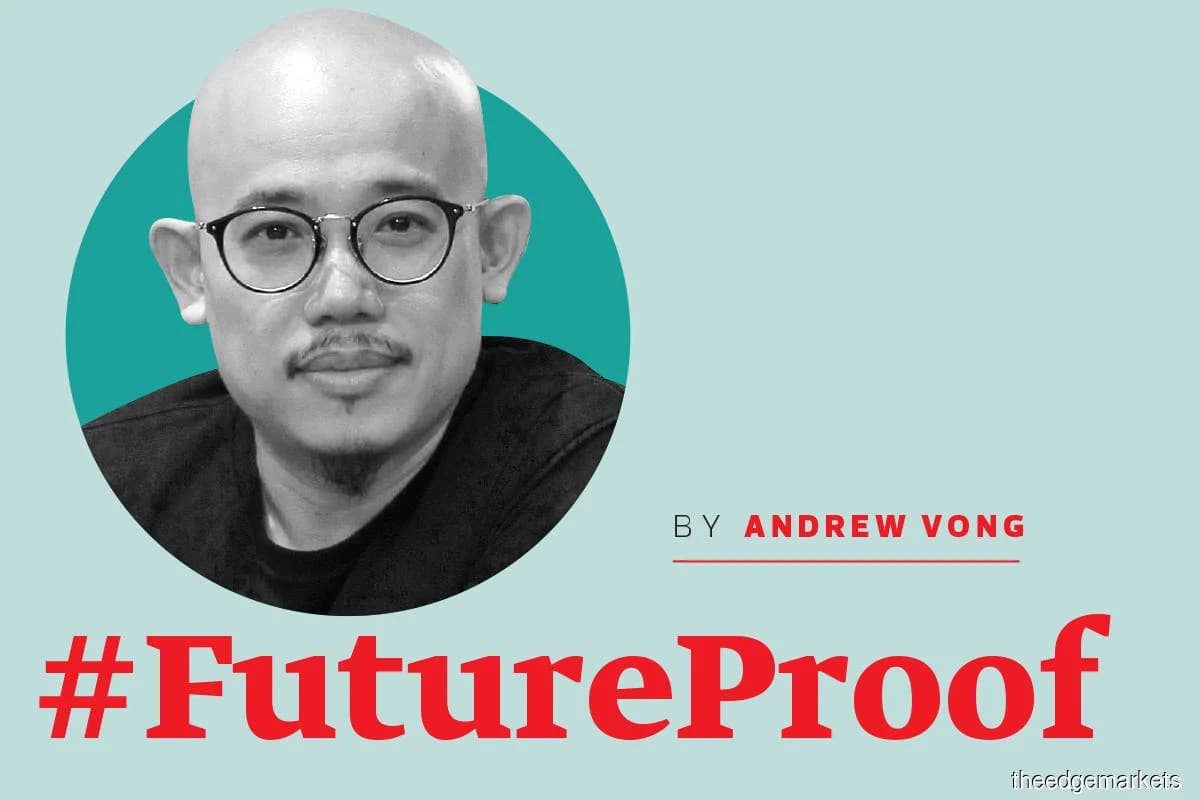
MICHIO Kaku, a prominent scientist, loves telling the tale of Albert Einstein's chauffeur. As the story goes, when Einstein grew older, he got tired of giving the same science talk everywhere.
One day, his chauffeur revealed he was also a part-time actor. After hearing Einstein's talk over and over again, he had memorised it. "So why don't we switch places? I will put on a moustache and a wig, and I'll be the great Einstein."
And so it went. The chauffeur gave talks all over the world, with all the theatrical flourishes Einstein was known for.
One day, a mathematician in the audience asked a very difficult question — one that perhaps only the real Einstein could answer. "That question is so elementary,” the chauffeur shot back. “Even my chauffeur here can answer it for you."
Like Einstein’s chauffeur, ChatGPT often comes across as the "real thing". But if so, why has ChatGPT stumbled on simple math questions? Why did it go crazy?
Roger Ebert, the film critic, once spoke of “the machine inside the skin”. A film “might look original on the outside, while inside it was just recycling the same old dumb formulas”. But unless you’ve watched enough movies, you wouldn’t know these “same old dumb formulas”.
So, a "large language model" like ChatGPT rummages through massive datasets of text, aiming to discover these “formulas”. Unlocking these mysteries is how — in the words of its developers — ChatGPT learns “grammar, many facts about the world, and some reasoning abilities”.
Then, language models process inputs from the outside world — say, for instance, those "prompts" you type into ChatGPT. It "transforms" these into predicted outputs.
The keyword here is "predicted". Remember SwiftKey, that little app that would "guess" your next word before you typed it? That, too, was a language model.
All this is to explain why ChatGPT "doesn't have facts", says Jonathan May, a DARPA-funded computer scientist at the University of Southern California. The bot "doesn’t try to write sentences that are true. It just knows what word should come next".
Evolving a new kind of intelligence
Dr Ben Medlock, SwiftKey's inventor, drew inspiration from the work of Alan Turing, the father of computer science. Turing, as Medlock explained, thought neural networks would "ultimately lead to machines exhibiting intelligent behaviour".
So, is ChatGPT intelligent? The first GPT, released in 2018, spat out illogical spiel. By 2019, GPT-2 was able to string together coherent paragraphs of text. But GPT-3 was a step change, writing convincing, human-sounding essays.
The key difference between GPT-2 and GPT-3 was scale: While GPT-2 learned from 40 gigabytes of text, GPT-3's model was a hundred times larger. Similarly, GPT-2 trained on a dataset 10 times bigger than its forerunner.
And after looking through billions of lines of computer language, these models gained the ability to understand and write software code. “Prompt” a GPT-3.5 model like ChatGPT with some code, and it generates the next block of code.
The most up-to-date version of ChatGPT runs GPT-4, that in addition to being trained on code and human language, incorporates images in its dataset. Greg Brockman, OpenAI's president, used it to produce code for a website based on an idea sketched on a piece of paper.
Each scale-up has unlocked new superpowers. Language models went from trying to guess the next word to writing sentences, to making humans think they're real. That we're even talking about falling in love with chatbots — “facts” be damned — is evidence that something marvellous has taken place.
More magic happens when language models are combined with tools of thought, creativity or computation. Cleo Abram, a journalist, tried out DALL-E, which “learns” how to draw pictures by “reading” their captions. She compared her results with Justin Poore, a professional artist. “It felt like I was gaining new skills, but he was gaining superpowers,” she said.
We are now witnessing the first wave of these "brain implants" for language models. Plug-ins, like one built by NASA contractor Wolfram Research Inc, use ChatGPT's understanding of human language to translate prompts into "conversations" with software programmes and real-time data feeds. Language models are more than just a bridge between man and machine — they bridge man to machines and other machines.
Bridging man and machine
All technologies remix ideas and technologies that already exist. Put another way, “modern” hardware and software are actually artefacts — crystallising the lessons, failures and successes of humanity. Take bitcoin, for instance.
To outsiders, bitcoin is nothing more than a chunk of computer code. But bitcoin is really a historical document — a digital chronicle, not just of central banking, but also decades of research into cryptography and monetary technology.
Even the mechanical printer was a remix. With a retrofitted winemaker, Johann Gutenberg flattened printing paper; to make letters, Gutenberg drew on coin-minting techniques. But the printer also belongs to a different class of technologies.
In the past, books were hand-copied. Every book took a year to produce, costing as much as a house. The result was that only a tiny group of wealthy elites could read and write.
Gutenberg’s printer made books cheap and available everywhere in Europe. In Britain, literacy rates surged from 5% in 1475 to over 30% in 1600 — kicking off the Age of Enlightenment, which, interestingly, culminated in the invention of the computer.
The printer was a civilisational intelligence accelerator. By democratising access to our collective intelligence, it amplified our own abilities to think and create. It was a technology that sparked, indirectly, even greater technologies.
With AI, we are on the verge of a similar breakthrough. As language models mature, machines are learning how to speak our language, instead of us having to learn how to speak their language.
Today, just 0.3% of the world’s population can understand and write computer code. Imagine a world where everyone is a programmer. What will they create?
Andrew Vong is chief future officer at EquitiesTracker Holdings Bhd